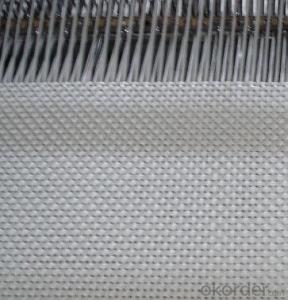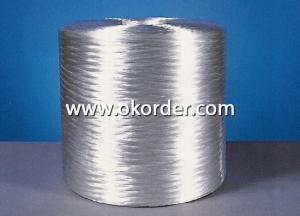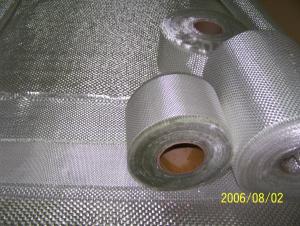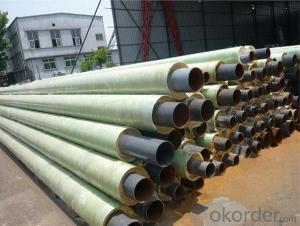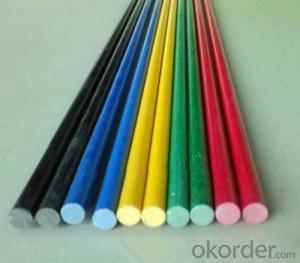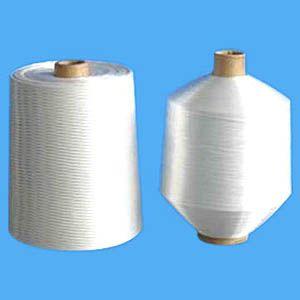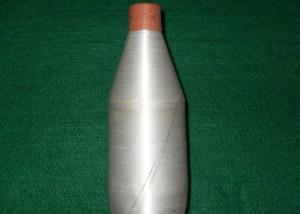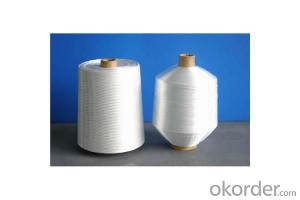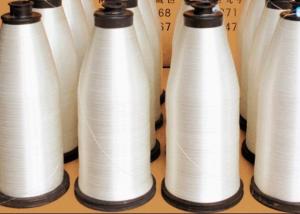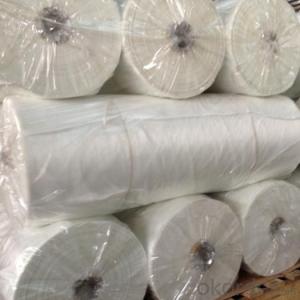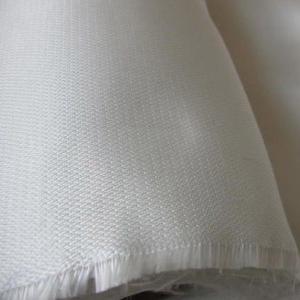Fiberglass Fabric of Excellent Flame-resisting ISO9001
- Loading Port:
- Shanghai
- Payment Terms:
- TT OR LC
- Min Order Qty:
- 500 m²
- Supply Capability:
- 50000 m²/month
OKorder Service Pledge
OKorder Financial Service
You Might Also Like
Fiberglass Fabric of Excellent Flame-resisting ISO9001
Fiberglass Fabric Introduction:
Fiberglass fabric is weaved by high quality fiberglass,as a kind of engineering material,which is
many excellent characteristics:
flame-resisting,corrosion resistant,high strength,heat resistance.stable structure,good chemical resistance,durability.
Fiberglass Fabric Features:
Warp and weft yarns are parallel arrangement as flat situation, with uniform tension;
Fiber is aligned with large consistency, stable and easy operation;
Good moldability, fast and complete wet out in resins, resulting in high productivity;
Good transparency and high strength of composite products.
Fiberglass Fabric Specification:
mark | Fiber consistency(ends/ cm) |
Area weight (g/ m2) |
Thick-ness (mm) |
Width (cm) |
Length (mm) | Breaking strength(N)≥ |
weave | |||
Warp direction | Weft direction | Warp direction | Weft direction | |||||||
EW200 | 16 | 12 | 200±20 | 0.2 | 90-130 | 300-1200 | 980 | 980 | ||
EW210 | 16 | 12 | 200±20 | 0.21 | 90-130 | 300-1200 | 1080 | 1080 | Twill weave | |
Plain weave | ||||||||||
EWR360 | 3.2 | 1.8 | 354±18 | 0.35 | 50-300 | 100 | 2000 | 2000 | ||
EW280 | 16 | 10 | 280±28 | 0.26 | 90-130 | 300-1200 | 1800 | 1800 | ||
EW300 | 14 | 10 | 320±32 | 0.3 | 90-130 | 300-1200 | 1500 | 1500 | ||
EW430 | 20 | 12 | 420±42 | 0.43 | 90-130 | 300-1200 | 2000 | 2000 | Broken twill | |
EWR136 | 10 | 10 | 136±13 | 0.136 | 100 | 200 | 850 | 850 |
Plain weave | |
EWR200 | 8 | 7 | 200±20 | 0.21 | 100 | 200 | 1200 | 1200 | ||
EWR400 | 3.6 | 3.2 | 400±30 | 0.4 | 100 | 50-100 | 2500 | 2500 | ||
EWR600 | 2.6 | 2.5 | 600±50 | 0.6 | 100 | 40KG | 4000 | 4000 | ||
EWR580 | 2.5 | 2.3 | 576±29 | 0.58 | 100 | 40KG | 3850 | 3850 | ||
EWR800 | 1.8 | 1.8 | 800±60 | 0.8 | 100 | 40KG | 4600 | 4600 | ||
Product Show
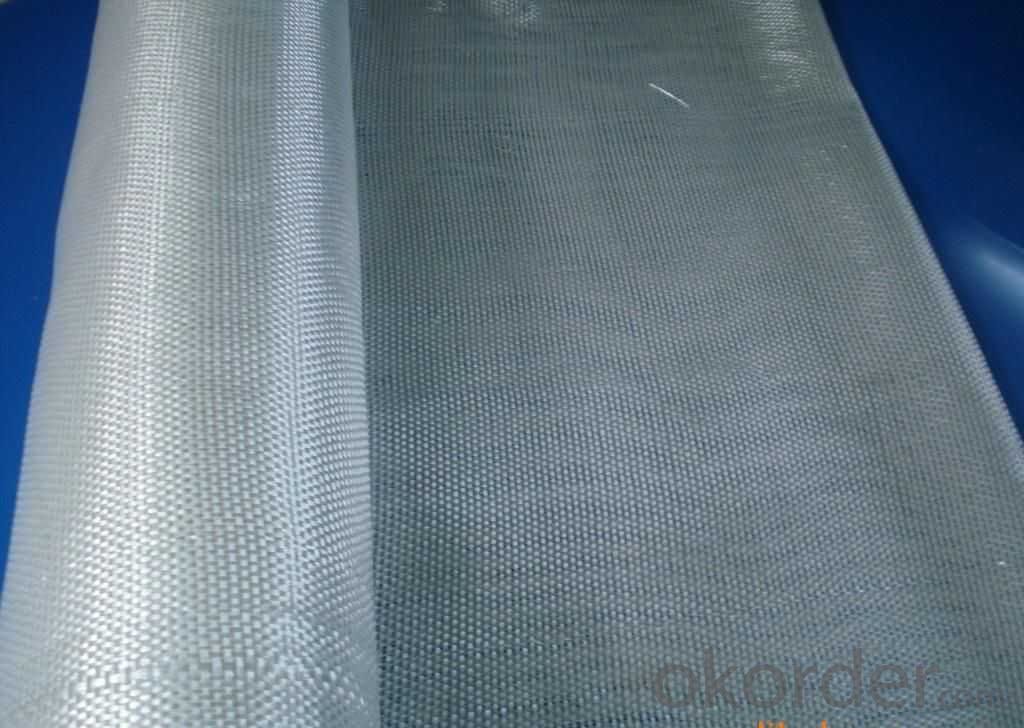
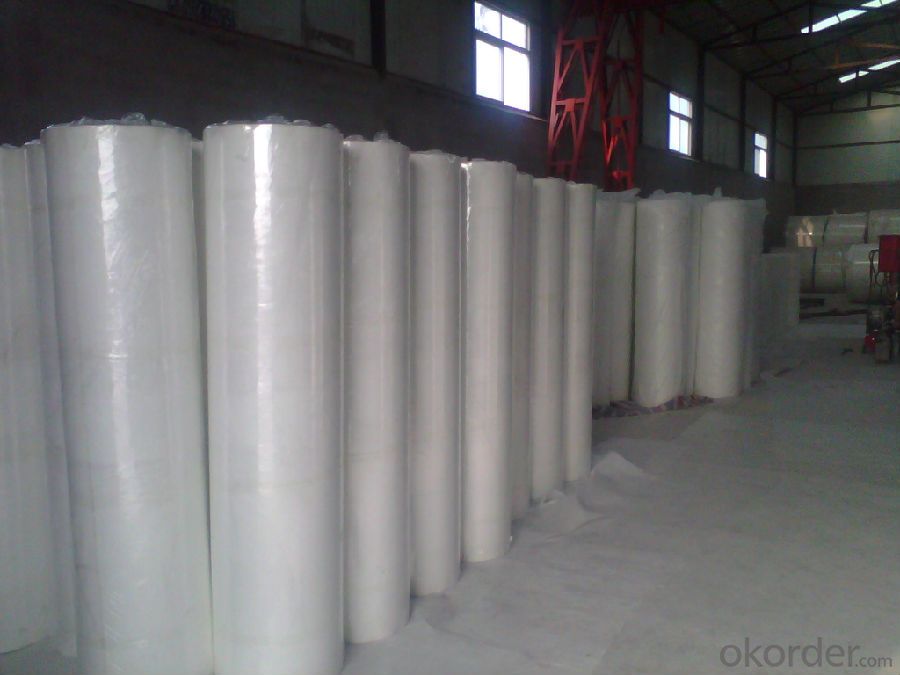
Fiberglass Fabric Usage:
E-glass woven roving is a schistose double faces reinforcement fabric that is weaved into from roving in directly.
E-glass fiber fabric (thin fabrics with thickness from 0.025 to 0.09mm) is suitable for electrical isolation mica product, wax cloth as the reinforcement materials.
E-glass woven roving applys to all kinds of polyester reinforcement system, (such as unsaturated polyester resin, vinylite,epoxy resin and phenolic resin.
E-glass woven roving is a high performance reinforcement material. It is widely used in hand lay-up and machinery processing products, (such as vessel, container, airplane and vehicle component, furniture, athletic facilities and other industry.
FAQ
1.Package of Fiberglass Fabric?
Fiberglass fabric is wound on a paper tube with inner diameters of 50. 8, 76 or 152mm. Each roll is wrapped in a plastic bag, then to be packed in a carton box. The rolls are to be horizontally placed.
Width (cm): 90, 100, 127
Length (m): 100, 200, 300, 400
2.Storage of Fiberglass Fabric?
Store rolls in a cool, dry location
Protect rolls from weather and other damage.
3.If sample available if needed?
We aim to offer our customer best Products&Service,samples are allowed if necessary.
- Q:What are the advantages of using fiberglass yarn in reinforced plastics?
- Using fiberglass yarn in reinforced plastics offers several advantages. To begin with, fiberglass yarn is renowned for its impressive strength-to-weight ratio. This means that even a small quantity of fiberglass yarn can greatly enhance the strength and durability of the reinforced plastics. This proves particularly advantageous in industries that require lightweight materials, such as aerospace and automotive sectors. Moreover, fiberglass yarn exhibits exceptional resistance to corrosion, chemicals, and moisture. Consequently, it becomes an ideal option for applications exposed to harsh environments or corrosive substances. Its resistance to moisture also ensures that the reinforced plastics retain their strength and integrity over time, even in humid or wet conditions. Another benefit of utilizing fiberglass yarn lies in its dimensional stability. Due to its low thermal expansion, fiberglass does not expand or contract significantly with temperature changes. This is crucial in applications that demand precise dimensions, as it guarantees that the reinforced plastics will not warp or deform over time. Furthermore, fiberglass yarn offers high versatility and can be easily customized to meet specific design requirements. It can be woven or knitted into various patterns, allowing for different levels of strength and flexibility. Additionally, its compatibility with different resin systems makes it suitable for a wide range of manufacturing processes, including pultrusion, filament winding, and hand lay-up. Lastly, fiberglass yarn proves to be relatively cost-effective compared to other reinforcing materials like carbon fiber. It strikes a good balance between performance and affordability, making it a preferred choice across many industries. The lower cost of fiberglass yarn allows for more widespread use in various applications, contributing to its popularity in the reinforced plastics industry. In conclusion, the utilization of fiberglass yarn in reinforced plastics provides multiple advantages, including its high strength-to-weight ratio, resistance to corrosion and moisture, dimensional stability, versatility in design, and cost-effectiveness. These benefits make fiberglass yarn an excellent option for enhancing the performance and durability of plastics in various industries.
- Q:Is fiberglass yarn resistant to impact or shock?
- In general, fiberglass yarn lacks resistance to impact or shock. Despite being renowned for its strength and durability, it is more prone to breaking or shattering upon impact when compared to materials such as steel or carbon fiber. Nevertheless, fiberglass can offer a certain degree of resistance depending on the particular application and the thickness or density of the yarn. It is commonly utilized in composite materials or reinforced structures to augment their overall strength and stiffness, although supplementary measures may be necessary to enhance impact or shock resistance.
- Q:What are the different twisting directions used for fiberglass yarn?
- Fiberglass yarn can be twisted in one of two directions: S-twist or Z-twist. The most commonly used twisting direction for fiberglass yarn is S-twist. This involves twisting the individual fibers of the yarn in a counterclockwise direction, resulting in an "S" shape when viewed from the end. S-twist provides a balanced and stable yarn that is well-suited for a wide range of applications. Alternatively, Z-twist refers to a twisting direction where the individual fibers of the yarn are twisted in a clockwise direction, forming a "Z" shape when viewed from the end. While less commonly used for fiberglass yarn, Z-twist can still be found in specialized applications. The choice of twisting direction is determined by the specific requirements of the end product. Factors like intended use, desired strength, and flexibility of the fiberglass yarn are considered when determining the appropriate twisting direction. Manufacturers carefully analyze these factors to ensure that the chosen twisting direction aligns with the desired properties and performance of the final product.
- Q:How flexible is fiberglass yarn?
- Known for its exceptional flexibility, fiberglass yarn is able to be easily bent and twisted without breaking or losing its shape, thanks to its composition of extremely fine glass fibers. This flexibility grants fiberglass yarn a wide range of applications, including textiles, insulation, and reinforcement in composites. Furthermore, its flexibility allows for various forms and structures to be woven, braided, or knitted, making it highly versatile. Consequently, fiberglass yarn is widely preferred in numerous industries due to its great balance of strength and flexibility.
- Q:Is fiberglass yarn resistant to electricity?
- Yes, fiberglass yarn is resistant to electricity. Fiberglass is an excellent insulator and does not conduct electricity. It is commonly used in electrical applications where insulation is required, such as in the manufacturing of electrical cables, wiring, and circuit boards. The non-conductive properties of fiberglass yarn help to prevent electrical current from flowing through the material, reducing the risk of electrical shock or short circuits. Additionally, fiberglass yarn is also resistant to heat and chemicals, making it a versatile and durable material for various electrical and industrial applications.
- Q:Is fiberglass yarn suitable for use in electrical transformers?
- Indeed, fiberglass yarn proves to be an appropriate option for utilization in electrical transformers. Possessing exceptional insulating characteristics, fiberglass stands as an outstanding material that exhibits a remarkable ability to withstand high voltage without succumbing to breakdown. Moreover, its resistance to heat, moisture, and chemicals renders it an ideal guardian for the electrical elements housed within a transformer. In addition, the lightweight and flexible nature of fiberglass yarn enables effortless installation and upkeep of transformers. In conclusion, the unparalleled properties of fiberglass yarn establish it as a dependable and long-lasting preference for implementation in electrical transformers.
- Q:What are the different strengths available for fiberglass yarn fabrics?
- There are various strengths available for fiberglass yarn fabrics, ranging from low to high. The strength of these fabrics depends on factors such as the thickness of the yarn and the weaving technique used. Generally, fiberglass yarn fabrics can exhibit excellent tensile strength, which makes them suitable for applications requiring durability and resistance to stretching or tearing.
- Q:Can fiberglass yarn be used for textile printing?
- No, fiberglass yarn is not typically used for textile printing as it is not suitable for absorbing and retaining dyes or inks.
- Q:Is fiberglass yarn resistant to oils and greases?
- Fiberglass yarn is renowned for its ability to resist oils and greases. Its inherent properties grant it a high level of resistance against the effects caused by these substances. Due to its low affinity for oils and greases, fiberglass yarn does not readily adhere to or allow penetration by these substances. This resistance factor renders fiberglass yarn an excellent choice for applications where contact with oils and greases is anticipated, such as in the production of industrial filters, gaskets, or protective clothing. Furthermore, the durability and longevity of fiberglass yarn are enhanced by its resistance to oils and greases, as it is less susceptible to degradation or weakening when exposed to these substances.
- Q:How does fiberglass yarn perform in terms of acoustic insulation?
- Fiberglass yarn performs exceptionally well in terms of acoustic insulation. Its unique composition and structure make it an ideal material for reducing sound transmission and improving acoustic performance in various applications. The fine fibers of fiberglass yarn effectively trap and absorb sound waves, converting them into heat energy. This ability to absorb sound helps in reducing noise levels and preventing sound from passing through walls, floors, and ceilings. The density and thickness of fiberglass yarn can be customized to meet specific acoustic requirements, allowing for effective soundproofing in different environments. Additionally, fiberglass yarn is highly durable and resistant to moisture, making it suitable for use in areas with high humidity or moisture exposure. Furthermore, fiberglass yarn is a versatile material that can be used in various acoustic insulation products, such as acoustic panels, soundproofing curtains, and insulation batts. Its lightweight nature and easy handling make it a convenient choice for installation in both residential and commercial settings. In summary, fiberglass yarn performs exceptionally well in terms of acoustic insulation. Its ability to absorb sound, durability, versatility, and customization options make it an excellent choice for enhancing acoustic performance and reducing noise levels in a wide range of applications.
1. Manufacturer Overview |
|
|---|---|
| Location | |
| Year Established | |
| Annual Output Value | |
| Main Markets | |
| Company Certifications | |
2. Manufacturer Certificates |
|
|---|---|
| a) Certification Name | |
| Range | |
| Reference | |
| Validity Period | |
3. Manufacturer Capability |
|
|---|---|
| a)Trade Capacity | |
| Nearest Port | |
| Export Percentage | |
| No.of Employees in Trade Department | |
| Language Spoken: | |
| b)Factory Information | |
| Factory Size: | |
| No. of Production Lines | |
| Contract Manufacturing | |
| Product Price Range | |
Send your message to us
Fiberglass Fabric of Excellent Flame-resisting ISO9001
- Loading Port:
- Shanghai
- Payment Terms:
- TT OR LC
- Min Order Qty:
- 500 m²
- Supply Capability:
- 50000 m²/month
OKorder Service Pledge
OKorder Financial Service
Similar products
New products
Hot products
Related keywords
